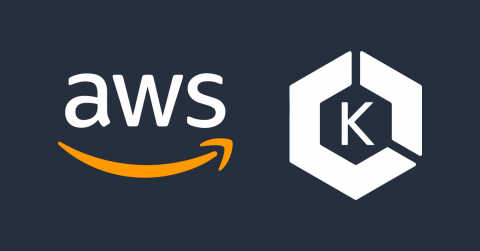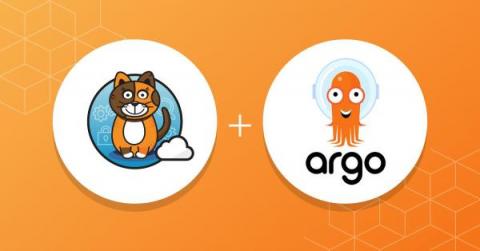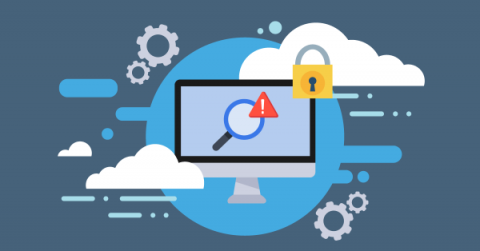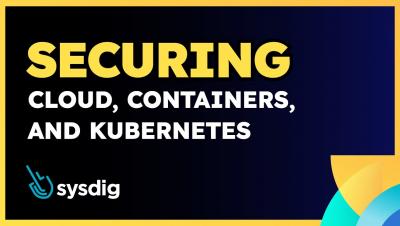Cloud Security: Turns Out We Needed Another Acronym (CNAPP)
Gartner’s 2023 “Market Guide for Cloud-Native Application Protection Platforms” (CNAPP) caused some security leaders to question whether they need yet another tool to protect the complex beast that is the cloud. Procuring yet another shiny security product is probably not how you earn the envy of your peers, but if your organization relies on shipping secure applications fast, then CNAPP should be on your radar. What exactly is CNAPP?











